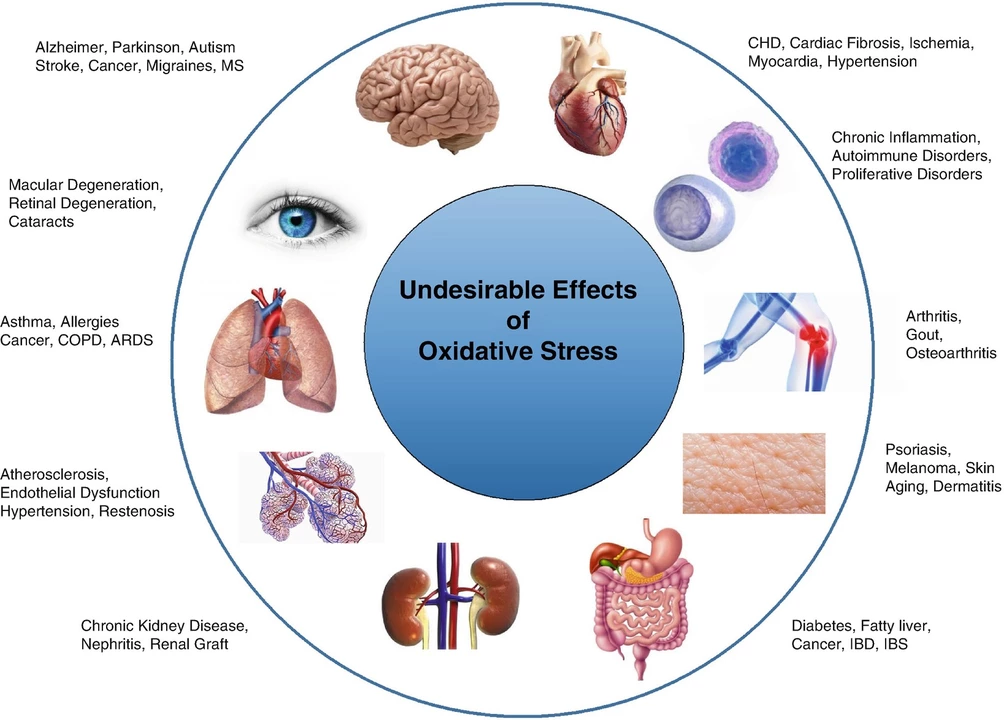Rivastigmine: Uses, Forms, Side Effects, and Practical Tips
Rivastigmine is a medication used to treat mild to moderate dementia linked to Alzheimer’s disease and Parkinson’s disease. It helps boost chemicals in the brain that support memory and thinking. You won’t see it cure dementia, but it can slow symptoms and make daily life easier for some people.
Rivastigmine comes in two main forms: oral capsules or a skin patch. The patch gives steady dosing and often causes fewer stomach problems than pills. Capsules are flexible for dose changes but may upset the stomach more. Doctors pick the form based on symptoms, swallowing ability, and side effect risks.
How to take rivastigmine
Follow your doctor’s instructions exactly. If you use the patch, apply it to a clean, dry area on the upper arm or torso and rotate sites daily. Keep the patch on for 24 hours, then replace it with a new one. Avoid cutting or folding the patch. For capsules, take with food to reduce nausea and split doses if advised by your prescriber.
Start low and go slow. Doses often begin small and increase over weeks to find the right balance between benefit and side effects. Don’t stop suddenly without talking to your doctor — withdrawal can worsen symptoms. Keep a list of all medicines you take; rivastigmine can interact with other drugs that affect heart rate or the nervous system.
Side effects and when to call your doctor
Common side effects include nausea, vomiting, diarrhea, loss of appetite, weight loss, and sleep changes. The patch tends to cause more skin irritation where it’s applied. Less common but serious reactions include slow heart rate, fainting, severe stomach bleeding, or signs of allergic reaction like swelling and trouble breathing. Seek medical help if you have chest pain, fainting, severe dizziness, black stools, or trouble breathing.
Monitor weight and eating. Appetite drops are common; if weight loss is significant or sudden, tell your doctor. Also watch for new confusion or worsening memory — sometimes dose adjustments are needed.
Practical tips for caregivers and patients
Use reminders for patches and pills so doses aren’t missed. Keep a photo or note of the current patch site to avoid repeated irritation. If nausea is a problem, taking capsules with a small meal or switching to the patch can help. Check blood pressure and pulse at home if you have heart issues, and share those readings with your clinician.
Buying and costs
If cost is a concern, ask the clinic about generic options, pharmacy discount programs, or buying from reputable Mexican pharmacies, which can be cheaper. Always verify a pharmacy’s credentials and keep a valid prescription. Avoid unverified online sellers offering huge discounts without proof of legitimacy.
Keep a medication journal to track benefits and side effects — share it at appointments; even small notes help your doctor adjust treatment and mood.
Rivastigmine can help some people live better with dementia, but it needs careful use. Talk openly with your doctor about benefits, side effects, and cost options so you get the best plan for you or your loved one.






